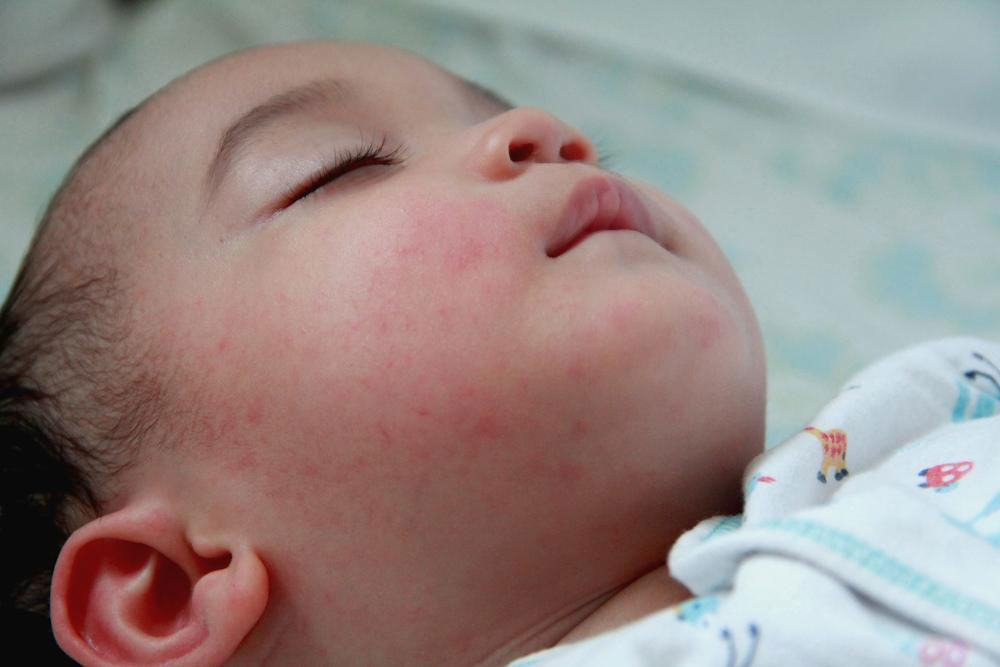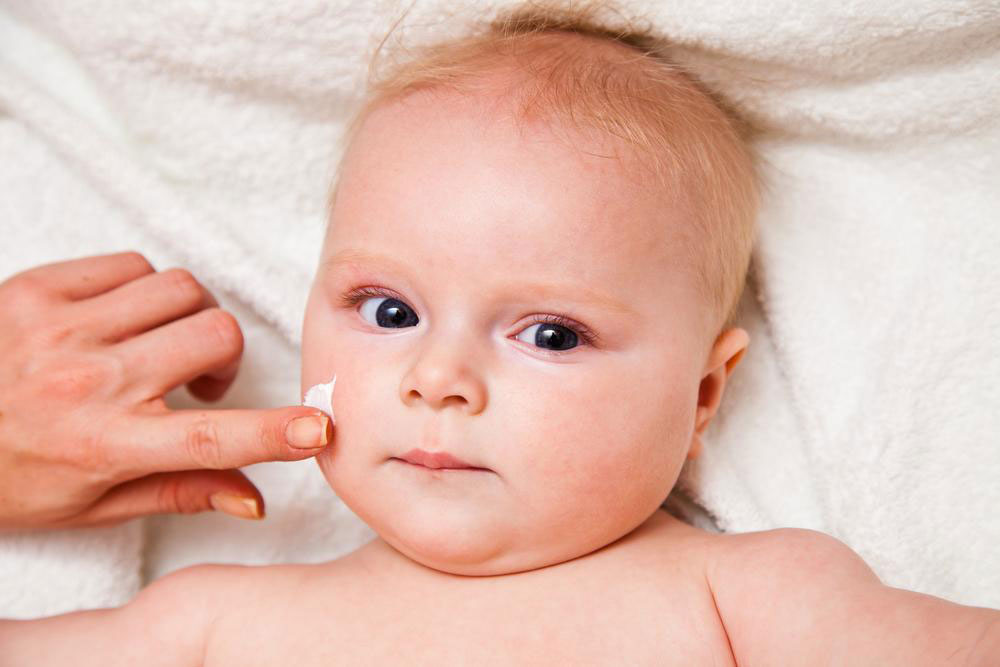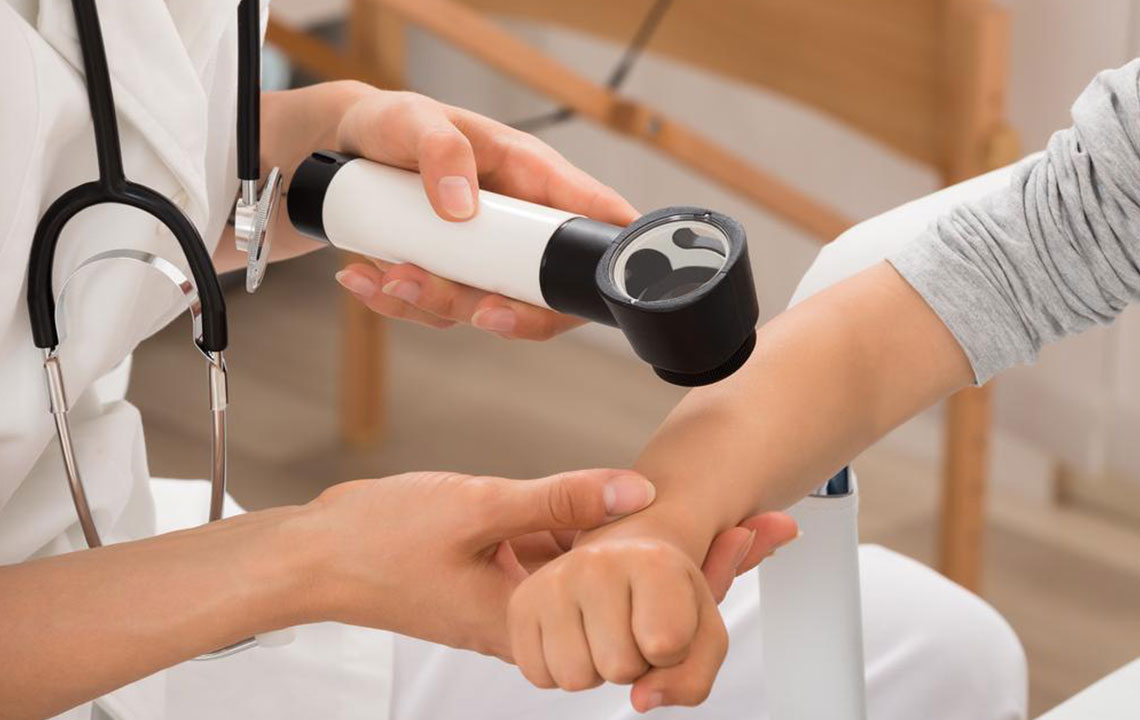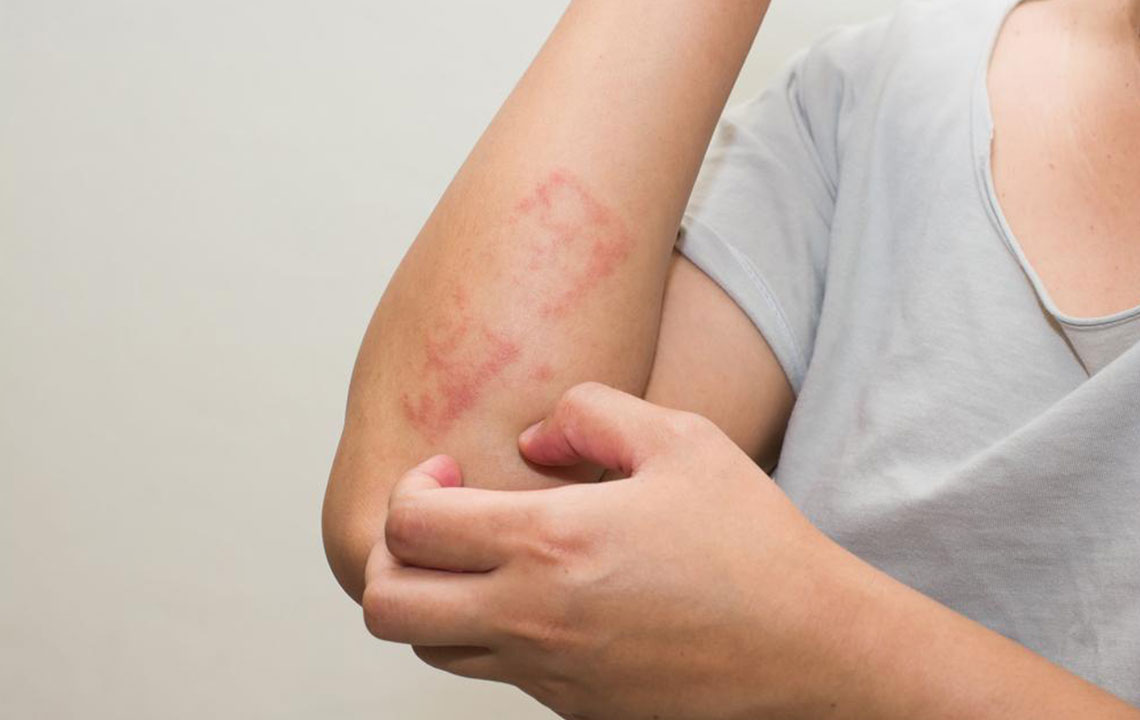Recognizing and Managing Infant Eczema Symptoms
Infant eczema is a common dermatological condition marked by dry, itchy, and inflamed skin in children under two. Recognizable by redness and cracking, triggers include allergens and harsh skincare products. While incurable, proper management with emollients and avoidance of irritants helps improve symptoms and comfort. Early treatment prevents infections and ensures better quality of life for affected infants. Medical guidance is essential for effective care, especially in severe cases. Many children outgrow the condition with time and proper precautions.
Sponsored

Infant eczema, also known as atopic dermatitis, is a common skin condition characterized by dry, itchy, and reddened patches on a child's skin. It often appears before the age of two and typically affects areas such as the face, hands, neck, elbows, and behind the knees. Although there is no cure, proper management with medication and skincare can significantly improve comfort. Many children outgrow eczema as they mature, but diligent treatment helps alleviate symptoms and prevent infections.
The exact cause of eczema remains unknown, but genetic factors and allergies are significant contributors. Increased prevalence over recent decades suggests a link with environmental and hereditary factors.
Signs include dry, cracked, and red skin, often accompanied by itching, which may lead to bleeding or oozing in severe cases. Triggers such as harsh fabrics, detergents, shampoos, and soaps can worsen symptoms. Gentle skin care, including the use of bath emollients and fragrance-free detergents, is advised. Babies frequently scratch, risking infections, so early treatment with emollients, ointments, or low-dose steroid creams under medical guidance can provide relief. Consistent skincare and avoidance of irritants are key to managing infant eczema effectively.






